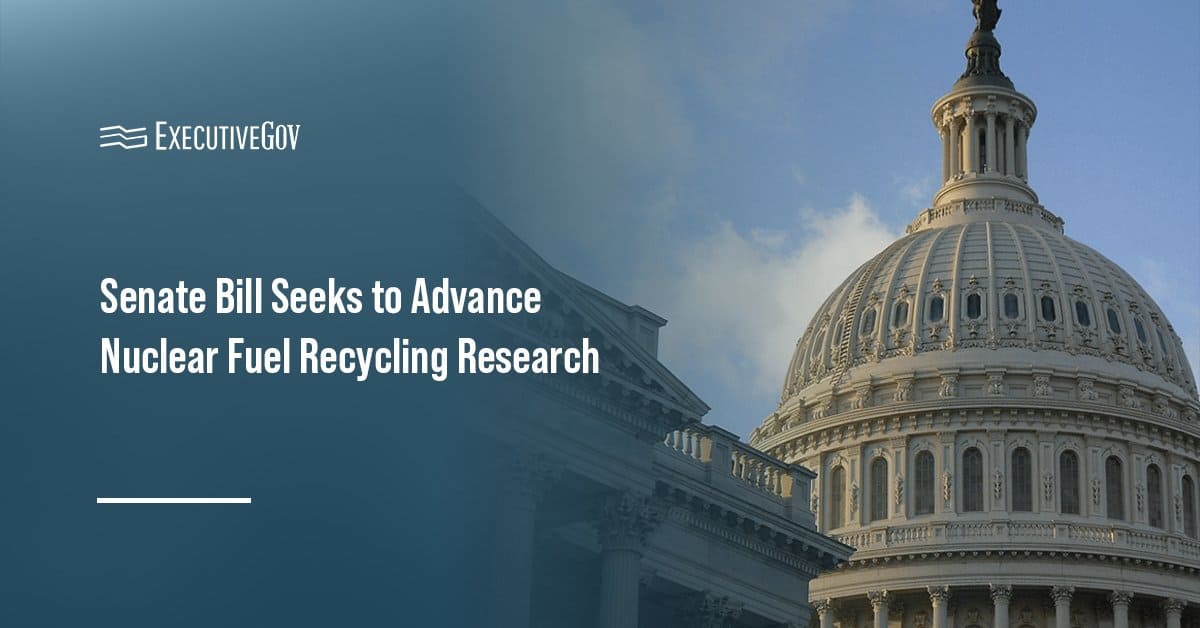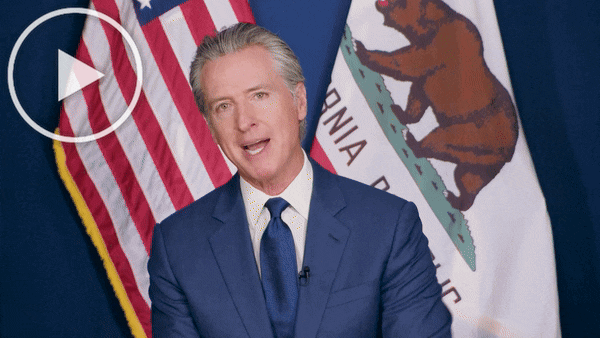Ulster County Sustainable Tourism Strategic Plan: A Framework for Advancing Sustainable Development Goals
Introduction and Core Objectives
Ulster County has announced a series of public hearings for its Sustainable Tourism Strategic Plan. The plan is designed to guide the expansion of the local tourism economy while safeguarding the region’s unique environmental, cultural, and social resources. This initiative directly supports several United Nations Sustainable Development Goals (SDGs) by focusing on a holistic and responsible approach to tourism.
The core objectives of the plan align with the following SDGs:
- SDG 8 (Decent Work and Economic Growth): Fostering economic growth by supporting locally owned businesses and ensuring tourism revenue benefits the local community.
- SDG 11 (Sustainable Cities and Communities): Protecting and safeguarding cultural heritage, including historic sites and the authentic character of towns and villages.
- SDG 13 (Climate Action): Implementing strategies to reduce carbon emissions associated with travel and tourism activities.
- SDG 15 (Life on Land): Conserving terrestrial ecosystems by protecting natural assets like mountain trails and farmland from overuse and degradation.
- SDG 16 (Peace, Justice and Strong Institutions): Ensuring responsive, inclusive, and participatory decision-making through public consultation.
Strategic Alignment with Sustainable Development Goals
The plan outlines specific strategies that contribute to achieving key SDG targets:
- Promoting Sustainable Economic Models (SDG 8): The plan prioritizes low-impact travel and promotes year-round visitation. This strategy aims to create stable, year-round employment and reduce the economic precarity associated with seasonal tourism, directly addressing Target 8.9, which calls for sustainable tourism that creates jobs and promotes local culture.
- Protecting Natural and Cultural Heritage (SDG 11 & SDG 15): A central goal is the preservation of farmland, historic sites, and mountain trails. This commitment directly supports SDG Target 11.4 (protect the world’s cultural and natural heritage) and SDG Target 15.4 (ensure the conservation of mountain ecosystems).
- Climate Action and Responsible Consumption (SDG 13 & SDG 12): By outlining strategies to reduce carbon emissions from travel, the plan actively contributes to climate change mitigation efforts under SDG 13. Managing visitor flow to prevent overuse also aligns with the principles of sustainable consumption and production patterns outlined in SDG 12.
- Ensuring Inclusive Community Benefits (SDG 10 & SDG 11): The plan mandates that tourism investments benefit residents as well as visitors, a principle that supports SDG 10 (Reduced Inequalities) by ensuring equitable distribution of economic benefits.
Public Consultation Schedule
To ensure inclusive and participatory development in line with SDG 16, Ulster County Tourism will host three public input sessions. These sessions are designed to gather ideas, feedback, and priorities from community members.
- Date: Monday, Oct. 27, at 6:30 p.m.
Location: Reformed Church of New Paltz, Fireside Room, 92 Huguenot St., New Paltz - Date: Tuesday, Oct. 28, at 3 p.m.
Location: Marlborough Community Center, Community Room, 1520 Route 9W, Marlboro - Date: Tuesday, Oct. 28, at 6:30 p.m.
Location: Catskill Visitors Center, 5096 Route 28, Mount Tremper
Additional Information
Further details regarding the public sessions and the Sustainable Tourism Strategic Plan are available on the county’s official participation portal at https://participate.ulstercountyny.gov/sustainable-tourism.
Analysis of Sustainable Development Goals in the Article
1. Relevant Sustainable Development Goals (SDGs)
- SDG 8: Decent Work and Economic Growth – The article focuses on a plan to grow the local tourism economy in a sustainable manner, supporting local businesses and ensuring economic benefits remain within the community.
- SDG 11: Sustainable Cities and Communities – The plan aims to protect and safeguard the region’s cultural and natural heritage, including historic sites and the authentic character of its towns and villages.
- SDG 12: Responsible Consumption and Production – The emphasis on “sustainable tourism” and “low-impact travel” directly relates to promoting sustainable practices within the tourism industry.
- SDG 13: Climate Action – A specific goal of the strategic plan mentioned in the article is to outline strategies to reduce carbon emissions from travel.
- SDG 15: Life on Land – The article highlights the need to protect terrestrial ecosystems by “protecting mountain trails from overuse” and “preserving farmland.”
2. Specific SDG Targets Identified
- Target 8.9: “By 2030, devise and implement policies to promote sustainable tourism that creates jobs and promotes local culture and products.” The entire article is about the creation of an “Ulster County Sustainable Tourism Strategic Plan.” This plan is explicitly designed to “support locally owned businesses” and “promote experiences that reflect the authentic character of our towns and villages,” which directly aligns with this target.
- Target 11.4: “Strengthen efforts to protect and safeguard the world’s cultural and natural heritage.” The article states that the plan will guide the county in “safeguarding the natural, cultural, and social assets,” specifically mentioning the preservation of “farmland and historic sites.”
- Target 12.b: “Develop and implement tools to monitor sustainable development impacts for sustainable tourism…” The strategic plan itself serves as a tool to manage and guide sustainable tourism. The article’s mention of public input sessions indicates a process of developing this tool to ensure it addresses the sustainable development impacts of tourism on the county.
- Target 13.2: “Integrate climate change measures into national policies, strategies and planning.” The article clearly states that “the plan will outline strategies to reduce carbon emissions from travel,” demonstrating the integration of climate action into local-level strategic planning for tourism.
- Target 15.1: “By 2020, ensure the conservation, restoration and sustainable use of terrestrial and inland freshwater ecosystems and their services, in particular… mountains…” The plan’s focus on “protecting mountain trails from overuse” is a direct action aimed at the sustainable use and conservation of mountain ecosystems, which is a key component of this target.
3. Implied Indicators for Measuring Progress
- For Target 8.9: The article implies that progress can be measured by the successful development and implementation of the “Sustainable Tourism Strategic Plan.” Other implied indicators include the number of locally owned businesses supported by tourism and the proportion of tourism revenue that “stay[s] in the community.”
- For Target 11.4: An implied indicator is the establishment of policies and allocation of funds for the preservation of “farmland and historic sites.” The implementation of measures to manage visitor flow to prevent overuse of these assets would also serve as a key indicator.
- For Target 12.b: The primary indicator is the finalization and adoption of the “Sustainable Tourism Strategic Plan.” Subsequent monitoring reports on the plan’s effectiveness in promoting “low-impact travel” would also be a relevant indicator.
- For Target 13.2: The inclusion of specific, measurable strategies for emission reduction within the final plan is a direct indicator. Progress could be measured by tracking the reduction in “carbon emissions from travel” in the tourism sector over time.
- For Target 15.1: The implementation of management systems for mountain trails, such as permit systems or trail maintenance programs, would be an indicator of progress. The amount of farmland officially designated for preservation could also be used to measure success.
Summary Table of SDGs, Targets, and Indicators
| SDGs | Targets | Indicators |
|---|---|---|
| SDG 8: Decent Work and Economic Growth | 8.9: Devise and implement policies to promote sustainable tourism that creates jobs and promotes local culture and products. | The existence and implementation of the Sustainable Tourism Strategic Plan; proportion of tourism dollars remaining in the local community. |
| SDG 11: Sustainable Cities and Communities | 11.4: Strengthen efforts to protect and safeguard the world’s cultural and natural heritage. | Policies and investments dedicated to preserving historic sites and farmland. |
| SDG 12: Responsible Consumption and Production | 12.b: Develop and implement tools to monitor sustainable development impacts for sustainable tourism. | The adoption of the strategic plan as a tool to guide and monitor low-impact travel. |
| SDG 13: Climate Action | 13.2: Integrate climate change measures into national policies, strategies and planning. | Inclusion of strategies to reduce carbon emissions from travel within the final plan. |
| SDG 15: Life on Land | 15.1: Ensure the conservation, restoration and sustainable use of terrestrial and inland freshwater ecosystems. | Implementation of management policies to protect mountain trails from overuse. |
Source: dailyfreeman.com






